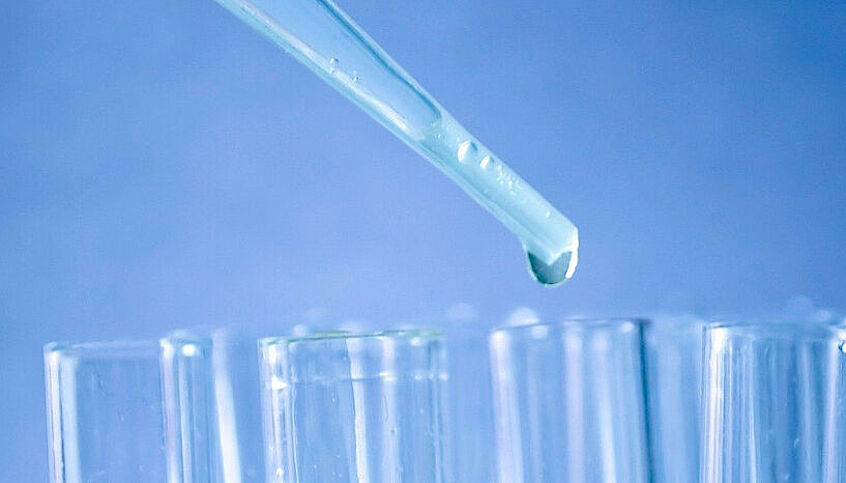The therapeutic potential of peptides
10. 2. 2021 | University of Vienna | www.univie.ac.at/en
Currently there are more than 80 peptide drugs on the global market and about twice as many in clinical development. Due to their beneficial properties, these biomolecules play already an important role in the treatment of diseases such as diabetes, cancer, hormone disorders, HIV infection, and multiple sclerosis.
Insulin is a prime example for a successful peptide drug that has been essential for the health of millions of diabetic patients in the past 100 years. Worldwide, peptide therapeutics account for 5% of the global pharmaceutical market, with global sales exceeding US$ 50 billion. Peptide drugs have a distinct space in the pharmaceutical landscape. Compared to small molecules, peptides are often more potent and selective, and thus have fewer side effects; compared to antibodies, their production is more economic and they have certain advantages in cancer research, e.g. they can penetrate (tumour) tissue more easily. However, 90% of peptide drugs need to be injected, since the digestive system breaks them down rapidly when taken orally.

In a recent study, research team chemically conjugated a spider-venom peptide with a scorpion-venom peptide. Both substances use different mechanisms to block an ion channel that plays an important role in pain signalling. Linking the two different binding mechanisms resulted in irreversible blockage of the ion channel, and the concept might be useful for prolonged pain relief.
Read more at University of Vienna
Image Credit: Pixabay
-jk-




